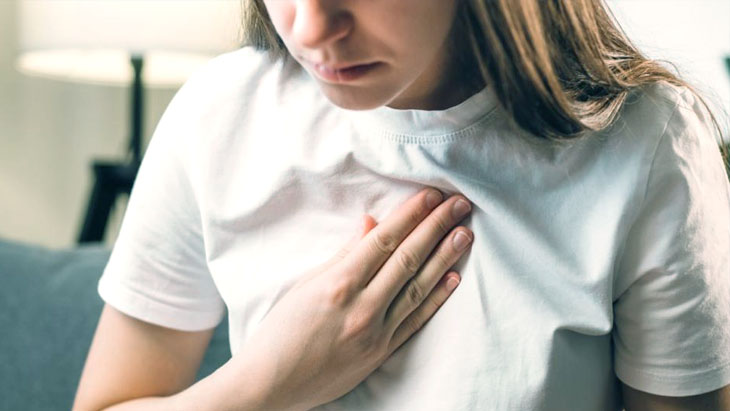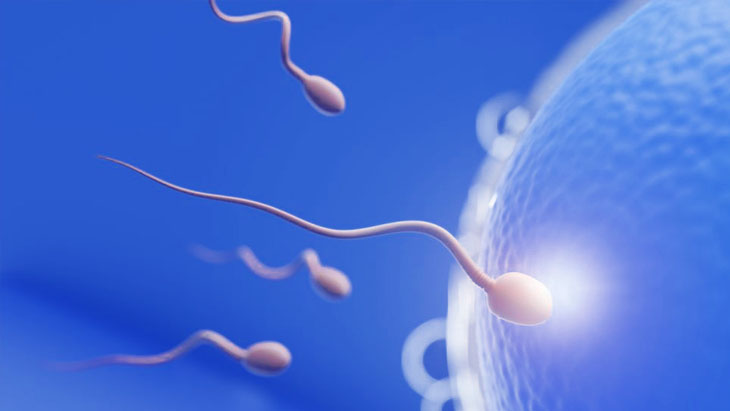Libido, the general sexual desire or inclination towards sexual activity, is a complex aspect that varies from person to person and can change throughout one’s life. While some individuals engage in or desire sexual activity daily, others may find satisfaction with once a week or even less. There is no right or wrong level of libido, as it is influenced by biological, psychological, and social factors.
The Biopsychosocial Dynamics of Libido
Libido is regulated by biological factors such as sex hormones (testosterone and estrogen) and neurotransmitters like dopamine and oxytocin. Low libido is a common phenomenon, affecting up to 2 out of 5 women at some point in their lives. It’s entirely normal for a woman to experience a decline in sexual desire at various stages of life.
Symptoms of Low Libido
The primary symptom of low libido is a reduction in sexual desire compared to the usual interest in sex.
Biological Factors Influencing Low Libido
- Psychological and Social Factors:
- Relationship Issues: Problems in relationships, such as communication breakdowns, trust issues, or emotional distance, are common causes of reduced sexual desire. Over time, a couple’s inclination toward sex may diminish.
- Stress and Fatigue: Stress from work, family, or life, in general, can decrease sexual desire. Chronic stress may also affect hormone levels, contributing to a lowered libido.
- Depression: Low self-esteem, feelings of hopelessness, and physical fatigue associated with depression can decrease libido. Depression also disrupts neurotransmitter balance, impacting libido regulation.
- Health Conditions Impacting Female Libido:
- Headaches: Chronic headaches can be a hindrance to sexual desire.
- Infections: Vaginal yeast infections or urinary tract infections are significant contributors to decreased sexual desire.
- Hypertension: High blood pressure can affect blood flow, impacting sexual arousal.
- Chronic Pain: Conditions like chronic pain can be detrimental to sexual desire.
- Hypothyroidism: An underactive thyroid can contribute to low libido.
- Hyperprolactinemia: Elevated levels of prolactin, a hormone, can negatively affect sexual desire.
- Diabetes: Diabetes can impact overall health, including sexual function.
- Heart Disease: Cardiovascular issues may lead to reduced blood flow, affecting sexual arousal.
- Rheumatoid Arthritis: Chronic conditions like arthritis can impact physical intimacy.
- Other Causes of Low Libido:
- Substance Use: Excessive alcohol, smoking, or drug consumption can lead to a loss of sexual desire.
- Pregnancy, Childbirth, and Breastfeeding: Hormonal fluctuations during these phases can affect libido. Physical discomfort and stress related to these life events may also contribute.
- Perimenopause and Menopause: Reduced estrogen production during perimenopause and menopause can decrease libido.
- Medication Side Effects: Some medications, such as antidepressants, antipsychotics, chemotherapy drugs, and blood pressure medications, may have side effects that impact sexual desire.
- Sexual Dysfunction: Problems like dyspareunia, vaginal dryness, vaginismus, or difficulty achieving orgasm can lead to concerns about sex, resulting in decreased sexual desire.
Understanding the diverse factors that contribute to decreased female libido is crucial for fostering healthy discussions and seeking appropriate interventions. Whether rooted in psychological, social, or biological causes, addressing these issues can lead to improved overall well-being and a restored sense of sexual satisfaction.



